Urban Pedestrian Landscape Environment Design under the Guidance of Public Health
DOI: 10.23977/lsuh.2024.060112 | Downloads: 28 | Views: 1026
Author(s)
Yuanchao Lai 1
Affiliation(s)
1 Faculty of Construction, Guangdong Technology College, Zhaoqing, Guangdong, 526070, China
Corresponding Author
Yuanchao LaiABSTRACT
With the rapid development of population urbanization, urban landscape environment is increasingly concerned. Environmental quality not only reflects a city’s cultural literacy, but also relates to the living conditions of urban people. In recent years, the concept of "low-carbon travel" has become popular. More and more urban residents pay attention to green development and take walking as the main form of activity. Green travel can not only improve the physical and mental health of residents, but also improve the quality of urban environment. Faced with the diversified development of modern cities, the public health awareness of residents is also being strengthened, which makes the urban landscape environment face unprecedented challenges. Therefore, how to design a healthy and comfortable urban pedestrian landscape environment is the focus of the current society. Therefore, this paper takes public health as the guidance, and conducts relevant experiments based on the demand of residents’ healthy walking. The experimental data shows that when the walking distance exceeds 300m, the people’s travel intention would begin to decline. In order to make the experimental results more sufficient, this paper also carried out a questionnaire survey. The survey results showed that 88.6% of the citizens agreed that walking was beneficial to their health, and 37.2% of the citizens believed that they should often walk out. Therefore, this paper aimed to promote the improvement of urban pedestrian landscape environment quality. The design scheme of urban pedestrian landscape environment based on public health guidance provides residents with a healthier and more comfortable lifestyle, and provides theoretical help for urban pedestrian landscape environment design.
KEYWORDS
Public Health, Environmental Design, Urban Landscape Environment, Urban WalkingCITE THIS PAPER
Yuanchao Lai, Urban Pedestrian Landscape Environment Design under the Guidance of Public Health. Landscape and Urban Horticulture (2024) Vol. 6: 79-88. DOI: http://dx.doi.org/10.23977/lsuh.2024.060112.
REFERENCES
[1] Malik Deesha. Urban and Rural Natural Environment Protection Policies Based on Big Data Evaluation. Nature Environmental Protection (2021), Vol. 2, Issue 4: 38-47. https: //doi.org/10.38007/NEP.2021.020405.
[2] Ginzarly, Manal, Claudine Houbart, and Jacques Teller. "The Historic Urban Landscape approach to urban management: a systematic review." International Journal of Heritage Studies 25.10 (2019): 999-1019.
[3] Alizadeh, Behdad, and James Hitchmough. "A review of urban landscape adaptation to the challenge of climate change." International Journal of Climate Change Strategies and Management 11.2 (2018): 178-194.
[4] Muderere, Trymore, Amon Murwira, and Paradzayi Tagwireyi. "An analysis of trends in urban landscape ecology research in spatial ecological literature between 1986 and 2016." Current Landscape Ecology Reports 3.3 (2018): 43-56.
[5] Di Marino, Mina, and Kimmo Lapintie. "Exploring the concept of green infrastructure in urban landscape. Experiences from Italy, Canada and Finland." Landscape Research 43.1 (2018): 139-149.
[6] Neale, Chris. "The impact of walking in different urban environments on brain activity in older people." Cities & Health 4.1 (2020): 94-106.
[7] Mariano, Carmela, and Marsia Marino. "Water landscapes: from risk management to an urban regeneration strategy." UPLanD-Journal of Urban Planning, Landscape & environmental Design 3.1 (2018): 55-74.
[8] Jones, Karen R. " 'The Lungs of the City': Green Space, Public Health and Bodily Metaphor in the Landscape of Urban Park History." Environment and History 24.1 (2018): 39-58.
[9] Krista, Evans. "Integrating tiny and small homes into the urban landscape: History, land use barriers and potential solutions." Journal of Geography and Regional Planning 11.3 (2018): 34-45.
[10] Grant, Gordon. "Walking, sustainability and health: findings from a study of a walking for health group." Health & social care in the community 25.3 (2017): 1218-1226.
[11] Panter, Jenna, and David Ogilvie. "Can environmental improvement change the population distribution of walking?" J Epidemiol Community Health 71.6 (2017): 528-535.
[12] Wang, Feifei, and Szilvia Boros. "The effect of daily walking exercise on sleep quality in healthy young adults." Sport Sciences for Health 17.2 (2021): 393-401.
[13] Middleton, Jennie. "The socialities of everyday urban walking and the 'right to the city'." Urban studies 55.2 (2018): 296-315.
[14] Zhang, Xiaohu. "Effects of green space on walking: Does size, shape and density matter?" Urban Studies 57.16 (2020): 3402-3420.
[15] Fan, Xi, Bo Zhou, and Harry Haoxiang Wang. "Urban landscape ecological design and stereo vision based on 3D mesh simplification algorithm and artificial intelligence." Neural Processing Letters 53.4 (2021): 2421-2437.
[16] Smith Risser. Dynamic Analysis of Landscape Pattern in Natural Environment Protection Areas Based on GIS. Nature Environmental Protection (2021), Vol. 2, Issue 3: 21-30. https: //doi.org/10.38007/NEP.2021.020303.
[17] Liao, Chuan. "Advancing landscape sustainability science: theoretical foundation and synergies with innovations in methodology, design, and application." Landscape ecology 35.1 (2020): 1-9.
[18] Athanasios V. Serafeim. Four Ecological Strategies for Urban Natural Environment Protection. Nature Environmental Protection (2020), Vol. 1, Issue 1: 1-9. https: //doi.org/10.38007/NEP.2020.010101.
[19] Xiaoning Wang. Green Low Carbon Environmental Protection under the Landscape Tourism Development Trend of the Research. Nature Environmental Protection (2022), Vol. 3, Issue 4: 41-50. https: //doi.org/ 10. 38007/NEP.2022.030405.
[20] Ginty Annie. Evaluation Technology of Tourism Environmental Capacity of Nature Reserves Based on Big Data. Nature Environmental Protection (2021), Vol. 2, Issue 3: 40-49. https: //doi.org/10.38007/NEP.2021.020305.
[21] Leinninger Gina. Evaluation of Tourism Environmental Carrying Capacity of Natural Environment Area Based on Artificial Intelligence. Nature Environmental Protection (2023), Vol. 4, Issue 2: 30-39. https: //doi.org/10. 38007/ NEP. 2023.040204.
[22] Wagenaar Daniel. Particle Swarm Optimization Algorithm to Correlation Analysis of Green Ecological Buildings and Natural Environment Protection. Nature Environmental Protection (2023), Vol. 4, Issue 2: 40-48. https: //doi.org/ 10.38007/NEP.2023.040205.
| Downloads: | 1601 |
|---|---|
| Visits: | 98166 |
Sponsors, Associates, and Links
-
Journal of Sustainable Development and Green Buildings
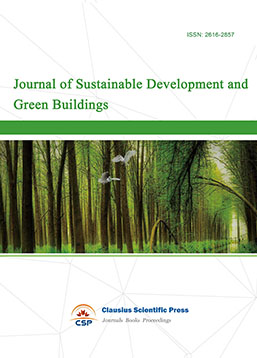
-
Bridge and Structural Engineering
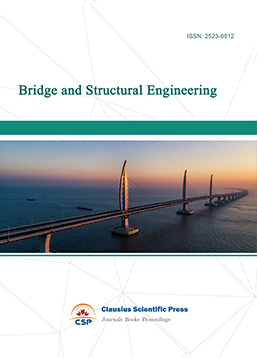
-
Soil Mechanics and Geotechnical Engineering
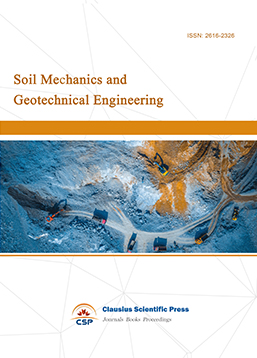
-
Journal of Civil Engineering and Urban Planning
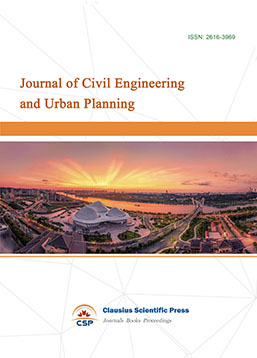
-
Journal of Municipal Engineering
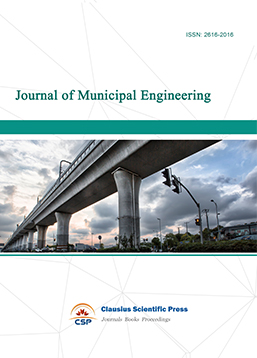
-
Heating, Ventilation and Air Conditioning

-
Indoor Air Quality and Climate
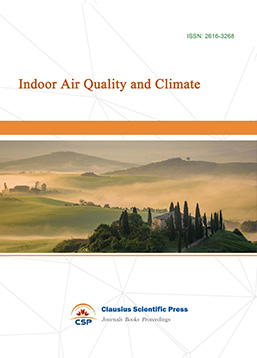
-
Computer Aided Architecture Design
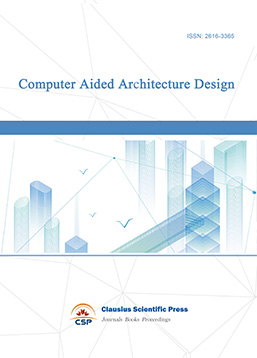

 Download as PDF
Download as PDF